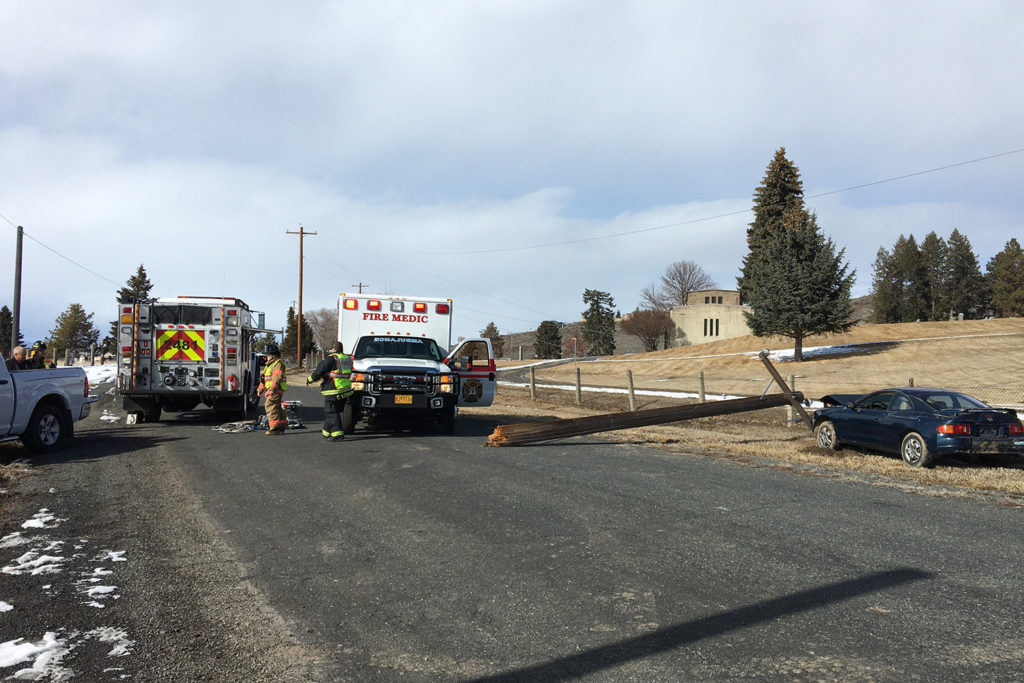
Recognizing that small fire departments are often strapped for resources, Oregon Trail Electric Cooperative and Federated Rural Electric Insurance Exchange are turning to virtual reality technology to bolster training opportunities.
Their production of 360-degree, high-definition videos on electrical safety, viewable online or on VR headsets, grew out of a larger OTEC initiative to leverage VR to improve the regional economy in the four counties it serves.
“We’ve realized it can be difficult to reach rural, volunteer-only fire departments that are often the first ones on the scene,” said Lea Gettle, manager of administration and strategic services at the Baker City, Oregon, co-op. “The videos provide an opportunity to learn on their own schedule and in a more memorable way than PowerPoint presentations or written pamphlets.”
The smaller the community, the more likely it relies on all-volunteer fire departments, according to 2017 data from the National Fire Protection Association. All-volunteer fire squads serve about 45% of communities with populations of 5,000-9,999, 74% of communities with populations of 2,500-4,999, and nearly 93% of communities of fewer than 2,500.
While the Baker City Fire Department offers refresher training courses, a high-tech option would “enable more trainees to access a better learning platform” at a time of higher 911 call volume over the past few years, said Fire Chief John Clark.
“People are used to interactive technology, and the 3-D aspect makes it more realistic,” said Clark, who oversees a crew of 26, including 10 volunteers.
Downed power line safety is the topic of the first VR course, and the fire department has been heavily involved in production. “The video goes over what to do and what not to do when a car hits a power pole and the do’s and don’ts for bystanders,” said Clark. “We had to set up the scene and make it as live as we could.”
Other videos cover topics such as electrical hazards on farms and electric vehicle fires.
The technology puts “you right in the middle of the action,” said Corey Parr, vice president of safety and loss prevention at Federated. “You can look over the whole facility and better see the hazards. We really had strong interest in the farm and ag community and I can see other applications in the near future [focusing on] removing trees off lines, day-to-day line work, troubleshooting situations.”
And there’s no doubt the technology will allow faster and cheaper delivery of safety training. Clark will post the content on the Oregon Fire Chiefs Association website so that “first responders in other parts of the state will be able to access training on this important subject.”
As the technology improves, even more first responders will have access, said Parr. “[The] 360 technology is an immediate hit. If created the right way, you won’t even need the goggles.”
Victoria A. Rocha is a staff writer at NRECA.